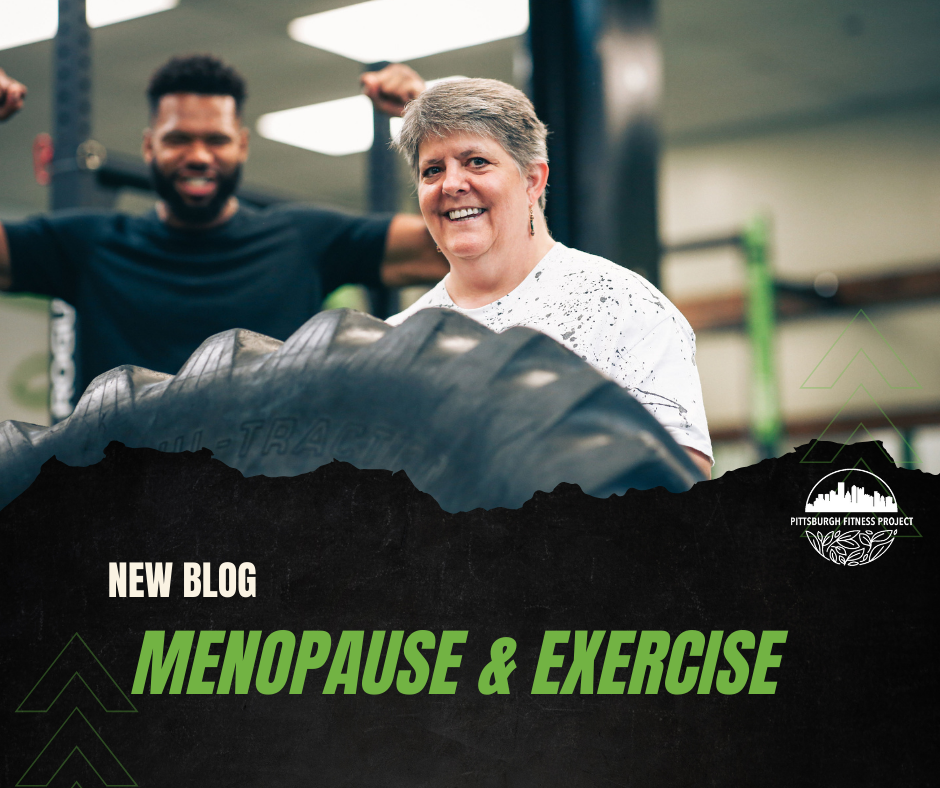MENOPAUSE & EXERCISE
What is Menopause?
Most women will start to experience menopause between 45 and 55 years of age. It’s a normal part of ageing. But with that process comes change.
Levels of the hormone estrogen begin to fall as the ovaries stop releasing eggs to get fertilized. Menstrual cycles or periods can become more irregular. The time from when that process begins and for a year after a woman’s final period happens is called ‘perimenopause.’
Besides a loss of the menstrual cycle, several other changes happen:
Hot flashes
Changes in sleep or insomnia
Changes in mood
The drop in estrogen also puts women at other health risks.
Increased risk for cardiovascular disease
Loss of bone density and an increased risk for broken bones or fractures
Loss of muscle mass
How can women alleviate some of these health risks? One non-pharmacological way is through exercise.
Let’s look at Menopause and Exercise and its effects on the body.
Menopause and Exercise
Exercise is important at every age. Exercise during perimenopause and after menopause can focus on three key areas:
Strength training
Cardiovascular fitness
Balance
Let’s look at each one.
Strength Training
Strength training increases muscle mass and improves bone density.
A greater muscle mass improves your resting metabolic rate and helps burn more calories.
Improving bone density helps lower the risk for broken bones, especially hip fractures.
Cardiovascular Fitness
Low-impact, moderate intensity workouts at least three days a week can improve cardiovascular fitness and lowers the risk for heart attack or stroke.
Moderate activity means keeping your heart rate (HR) at 64 – 75% of your maximum heart rate. How do you calculate that?
Your maximum heart rate is 220 – your age.
So for a 57-year-old person, their maximum HR would 163. The heart rate range for moderate activity would be 104 – 122 beats per minute.
An easier way to measure moderate activity is the ‘talk test.’
When exercising, if you are breathing hard but can carry on a conversation, then you’re doing moderate activity.
Walking, biking, and low-impact HIIT classes are all great forms of moderate activity.
Balance
We all lose some sense of balance as we age.
But falling increases the chance of broken bones. To help with balance, practice yoga, tai chi, or incorporate balance exercises into your workout routine.
Golden Girls
At the Pittsburgh Fitness Project, we have small group courses for women over 60 to help with all aspects of exercise for women after menopause.
Schedule your fitness assessment to see if this course is for you!

